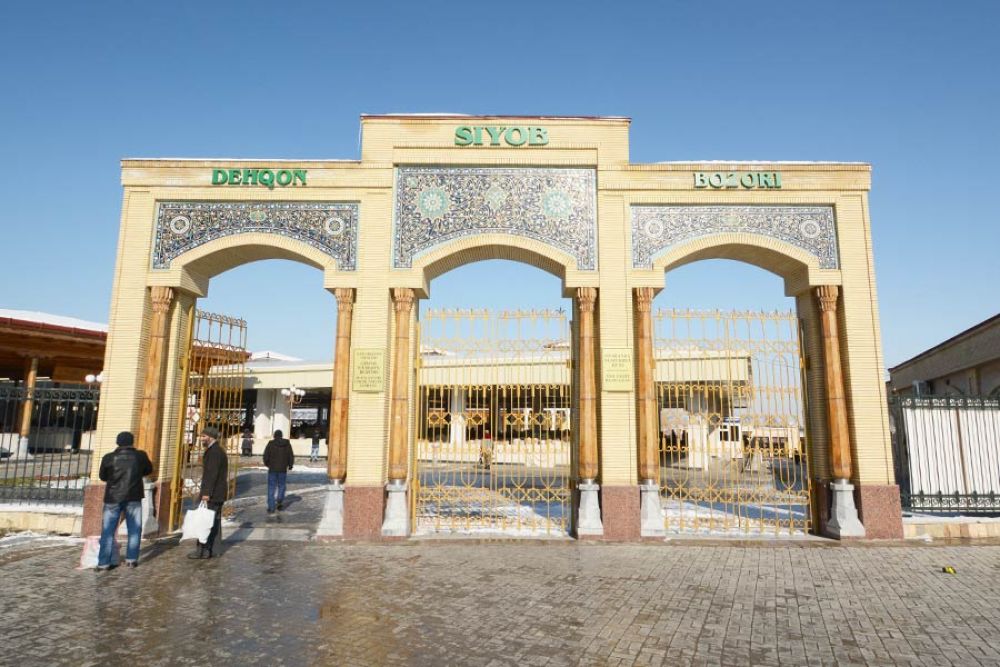

Samarkand, one of the most ancient cities in the world, has long been a crucial crossroad on the Silk Road, connecting cultures and facilitating trade between East and West. The Siab Bazaar, situated in the heart of this historic city, serves as a vibrant testament to the region's rich commercial heritage and has been an indispensable part of local life for centuries.
The origins of Siab Bazaar are intertwined with the history of Samarkand itself, which dates back to the 7th century BCE. As Samarkand flourished, so did its markets, with the bazaar naturally emerging as the commercial hub of the city. Over time, it became an essential stop for traders from across the Silk Road. Historically, the bazaar provided not just a trading space but a center for social interaction and information exchange among merchants, scholars, and travelers.
During the rule of Amir Timur (Tamerlane) in the 14th century, Samarkand saw a golden age of prosperity and development. The city was embellished with grandiose architecture, and the Siab Bazaar thrived, with luxurious goods from around the known world being bought and sold in its confines. The bazaar was well-known for its colorful textiles, exotic spices, precious metals, and a myriad of handicrafts, which attracted merchants and customers from all over the globe.
As time passed, and with the advent of Soviet control in the 20th century, Samarkand, along with the Siab Bazaar, experienced significant changes. The bazaar, while still operational, was regulated and underwent a transformation that aligned with Soviet ideologies and administrative practices.
In recent years, following Uzbekistan's independence in 1991, Siab Bazaar has reclaimed its place as a cultural and commercial epicenter of Samarkand. Now, it attracts tourists from all over the world, drawn by the promise of experiencing a vibrant slice of Central Asian life. The bazaar remains a pulsating force in the local economy, and visitors can find almost anything there, from fresh produce and local delicacies to traditional Uzbek crafts and souvenirs.
In the latest trends, sustainable and experiential tourism are at the forefront of the industry’s evolution. Travelers visiting Siab Bazaar are increasingly seeking authentic experiences that allow for a deeper understanding of local culture, heritage, and daily life. There has been a growing interest in culinary tours, craft workshops, and cultural exchanges that connect visitors directly with artisans and shopkeepers. This personalized approach not only enriches the tourist experience but also supports the local economy and the preservation of traditional practices.
Furthermore, social media has also played a significant role in popularizing hidden gems like the Siab Bazaar, with influencers and travel bloggers capturing the essence of its bustling alleys and colorful displays. Such exposure has contributed to an increase in cultural tourism and has placed Samarkand, along with its historic Siab Bazaar, on the must-visit lists of world travelers seeking destinations with a strong sense of place.
In conclusion, the Siab Bazaar of Samarkand is not just a marketplace, but a living museum that showcases the enduring spirit of this ancient city. Its ever-evolving narrative continues to fascinate and attract those looking to experience its timeless charm.